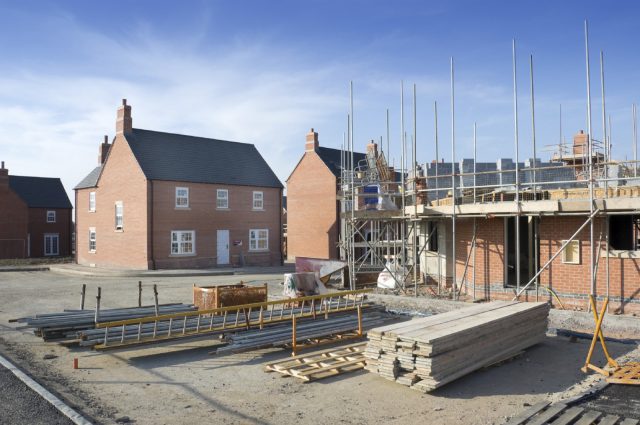Milliband gives his answer to housing problem
Ed Milliband has outlined his proposals for changes in the rental market, should he be successful in the General Election, just ten days away.
House Key
Milliband’s proposals include ensuring rent increases are frozen at the rate of inflation, giving tenants obligatory three-year contracts and allowing them the right to ascertain knowledge on how much their predecessor had been charged.
The key to number 10 could be in solving the housing crisis, with all of the major parties vocal in their pledges to provide hundreds of thousands of fresh homes. Alongside promising to change common tenancy agreements from one year to three years (with a six-month probationary period) Labour also plan to ban estate agents from charging fees before tenants move into a property.
Rip off
This said, Mr Miliband has pledged to do even more to help Britain’s renters from being ripped-off. By capping rents over three year tenancies, wherein rents will not increase by more than inflation, there will be less room for flexibility and thus leave tenants facing less uncertainty. Additionally, by giving tenants a legal right to find out what the previous inhabitant of their property paid, Labour believe that this will give them more power to negotiate fairer rent prices.
Landlords would be permitted to serve at least two months’ notice on tenants to leave a property. However, the rent freeze would not apply to those where shorter contracts were necessary, such as in student accommodation.
Rogue Landlords
Mr Milliband also outlined plans for landlords to be punished for poor maintenance of a property. Under the proposals, rogue landlords will be refused tax assistance if they are found to have neglected a home. Tax relief currently allows landlords to offset 10% of their gross annual rental yield against fluctuation in values of furniture and necessary appliances.
Milliband feels that this would go some way to helping those priced out of the market and also those in temporary rental agreements.
Opposition
Unsurprisingly, Labour’s proposals have been met with disdain by the Tories. Boris Johnson was particularly scathing, responding directly to Milliband by saying, ‘first of all you’d discourage people from getting into the rental market, you’d discourage the creation of new housing, and all that would happen – fewer houses… [and] at the end of the three years those that remained renting out their properties would jack up the rents even higher.’[1]
Maligned Liberal Democrat leader Nick Clegg also stated that on the surface, Labour’s plans seemed, ‘superficially attractive,’ but would lead to, ‘huge hikes,’ in rents every three years.[2]
Roger Harding of housing charity group Shelter said that limiting rents would be welcome, but Alex Hilton of Generation Rent warned that Labour’s policy would not see rent reduced as rates would, ‘catch up’ in three year spells.[3]
Housing is certainly one of the central election battles. The Conservatives have outlined their plans to extend both the Help and Right-to-Buy schemes, while the Lib Dems promised young people living at home a loan to pay for deposits on rented accommodation.
Similar to Labour, the Green Party has also pledged to cap rent rates. Leader Natalie Bennett said that, ‘keeping rent rises in line with inflation will reduce poverty and allow tenants a better standard of living.’[4]
With the pre-election polls still predicting a photo-finish, it could well be the party who keeps their house in order the best that gets the key to the big property on May 7th.
[1-4] http://www.bbc.co.uk/news/election-2015-32468997








